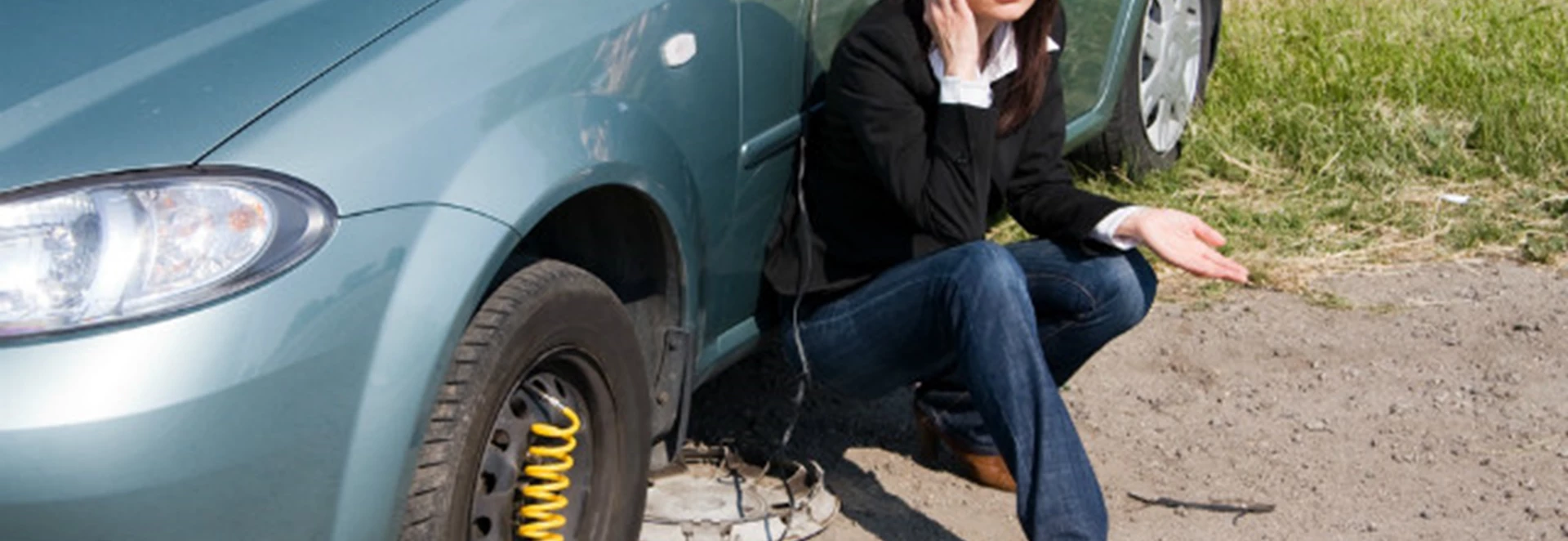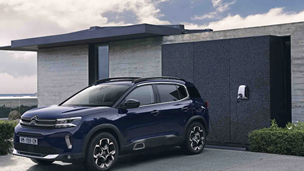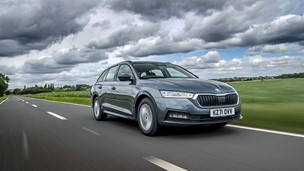There is a lot for car owners to keep in mind regarding the maintenance of their vehicle. Some of the advice that gets passed around, however, is not always that useful and can in fact have a detrimental effect on your vehicle.
In this guide, we highlight five widespread myths about car maintenance and explain why they’re not accurate and what you should do instead.
Car engines need a few minutes to warm up properly before you drive
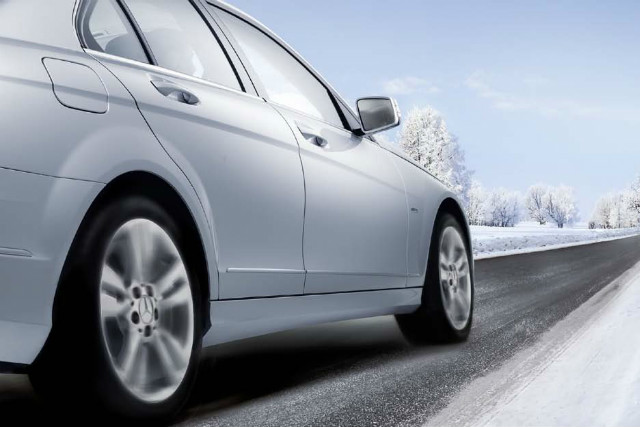
When you first start up a car, it will take some time before the engine warms up to its optimum temperature and deliver its maximum performance potential. This applies more when the weather is cold.
However, the suggestion to leave your car’s engine running idle for a few minutes before you do any actual driving is not really helpful.
This might be true if you’re driving a car that’s incredibly old, but for modern cars, the quickest way to get the engine warmed up is to simply start driving from the get go.
Engine oil should be replaced every 3,000 miles
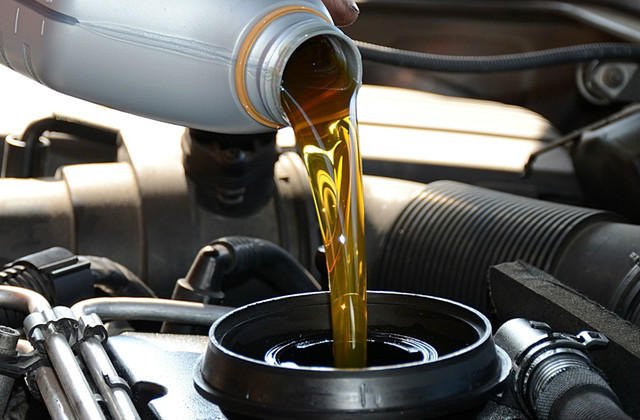
A misleading piece of advice that crops up now and then is that the engine oil in your car should be changed after every 3,000 miles covered.
Instead of blindly following this generalised and rarely accurate figure, you’re better off consulting your owner’s manual to see what your vehicle’s maker recommends in terms of mileage.
Some cars can travel fine on the same oil for as many as 7,500 miles before a change is really needed.
Tyre pressure levels should be kept to the level shown on their sidewalls
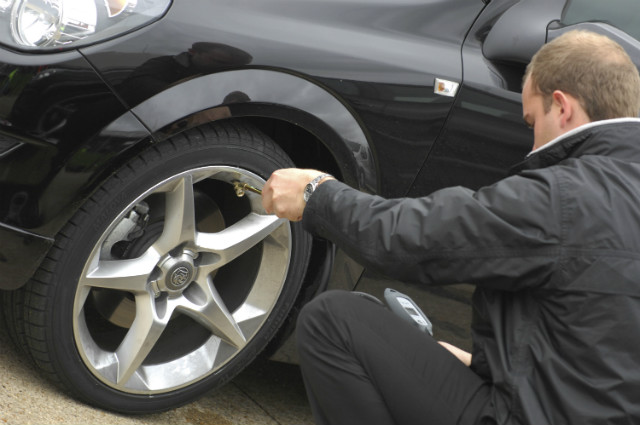
Keeping the pressure levels of your vehicle’s tyres at an optimum level is important for reasons of both safety and efficiency.
On the side of car tyres there is traditionally a PSI (pounds per square inch) figure imprinted, which could be mistaken as an indicator of what pressure level to keep the tyre at.
This particular figure actually refers to the maximum pressure level the tyre can safely hold, which is not ideal for the best tyre performance.
To know what pressure levels are the best for the tyres on your car, you’re best checking the vehicle’s owner manual or read a sticker which shows the recommended tyre pressure.
This sticker will probably be on the driver’s seat door jamb, or alternatively in either the glove box or in the fuel cap.
Cars can be cleaned with detergent or dishwashing liquid
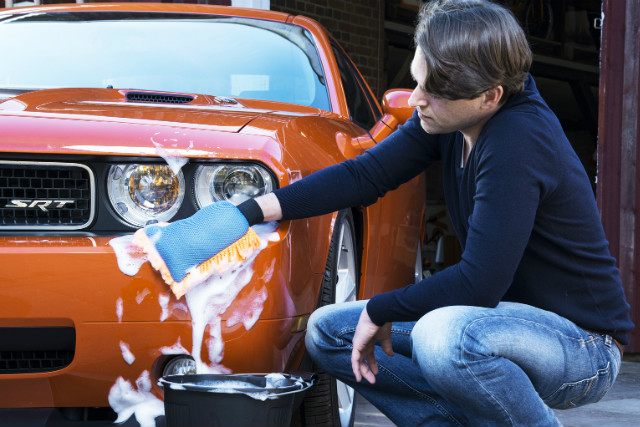
When it comes to cleaning your car, using a washing detergent or dishwasher liquid may sound to some like a cheap and easy way of getting the job done. In reality, however, this is a terrible idea.
Using such liquids to clean your car will probably end up stripping away the wax finish on your vehicle’s exterior bodywork, leaving you with more problems than solutions.
Really, the only way to clean your car is to do it properly. Get yourself some wax and shampoo products specifically designed to suit cars.
If you intend to use a pressure washer when cleaning your vehicles, you can read our tips on how to pressure wash cars properly.
Car batteries are instantly recharged by a jump start once you start driving
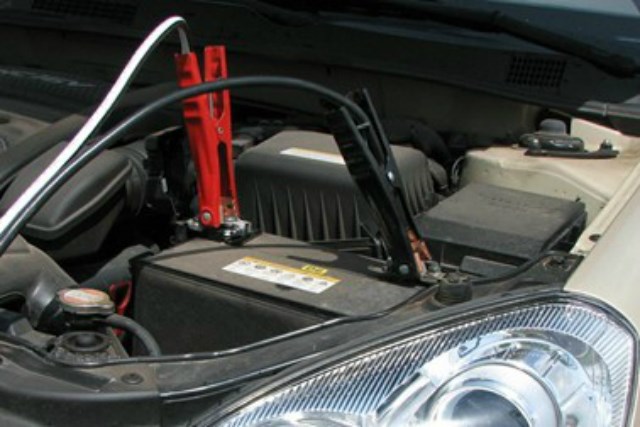
When a car breaks down because of a flat battery, it can be jump started again with the help of jump leads.
Once their vehicle is up and running again, some motorists may assume that the battery is perfectly normal again after just a few minutes of driving, but this isn’t the case.
It really takes several hours of driving in order for a car’s battery to recharge to 100 per cent again. If the weather is cold, or equipment like heated seats or the sound system is being used, then the time the car’s battery needs to fully recharge is even longer.
Drivers need to be wary therefore of not accidently draining their car’s battery again not long after a jump start.
If you take your car to a service garage, you can get the battery checked to see whether or not it is fully charged. If it isn’t, then you should be able to get the battery charged up while at the garage.
